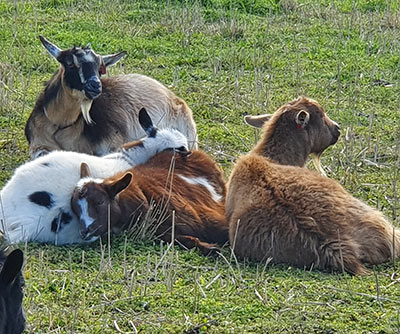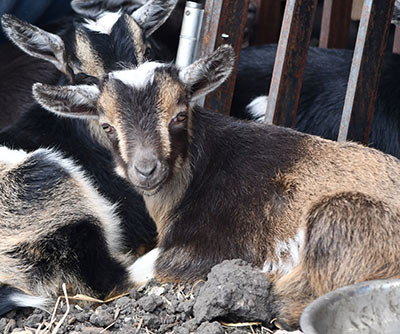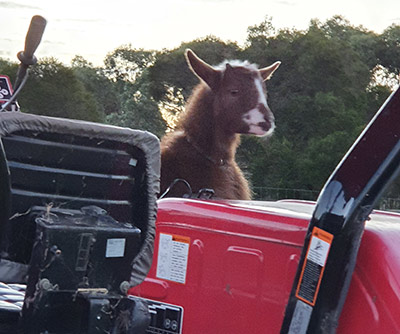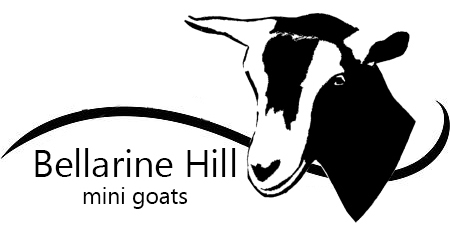About Nigerian Dwarf Goats

Origin
The Nigerian Dwarf is a miniature dairy goat that originated in West Africa that was originally imported into the United States in 1930s and 1940s. In the United States it was further breed and developed for small-scale dairy production, showing and companionship due to it's milking capabilities, appearance and docile, friendly nature. It wasn't until the early 1980s that the Nigerian Dwarf breed was recognised.

Australian Nigerian Dwarf Goats
The first Nigerian Dwarf embryos and semen were imported into Australia from USA in 2013 to create Australia's initial, full blood (100%) Nigerian Dwarf goats. The breed has continued to expand and develop in Australia with further imports of frozen semen straws with many breeders breeding full blood and cross breed Nigerian Dwarfs. Cross breeding with other dairy breeds produces varying percentage Nigerian Dwarf goats which has been supported by the miniature goat breeder’s associations to initially increase the genetic diversity within Australia.

Personality & Uses
There is no doubt about it – goats have personality. Nigerian Dwarf goats are known for their gentle and affectionate nature. They are intelligent and inquisitive making them easy to train. Like all goats, they can be stubborn however their small size makes handling them straightforward. Nigerian Dwarf goats also adapt well to the use of a collar and lead.
Originally breed as miniature dairy goats they have also gained popularity recently as affectionate pets primarily on small and medium size acreage and farms. They are affectionate and friendly with relatively easy-going personalities. If used for their dairy qualities, their milk has a higher butterfat content than milk from full-sized dairy goats making their milk excellent for producing soft cheeses.

Size & Lifespan
Nigerian Dwarf goats are about the size of a medium sized dog. Adult does range from about 52 – 57cm. Adult bucks or wethers should not exceed 60cm.
The decision to purchase a Nigerian Dwarf should not be taken lightly, if looked after properly, they can live from 10 to 15 years.



